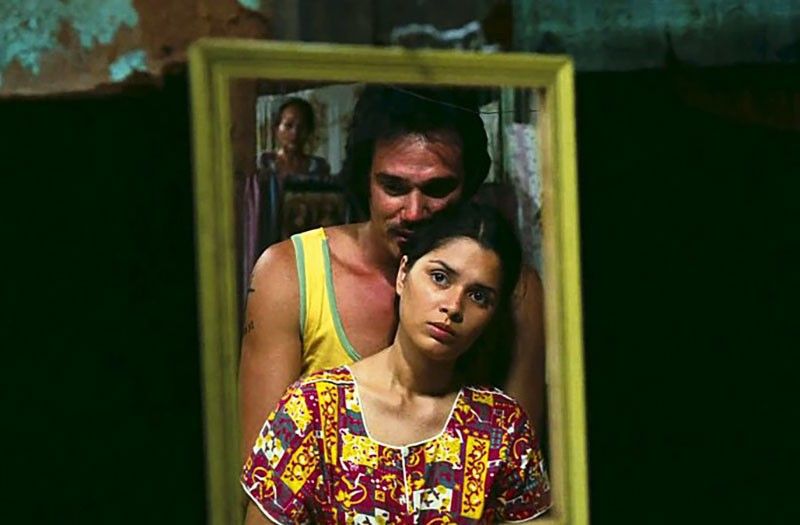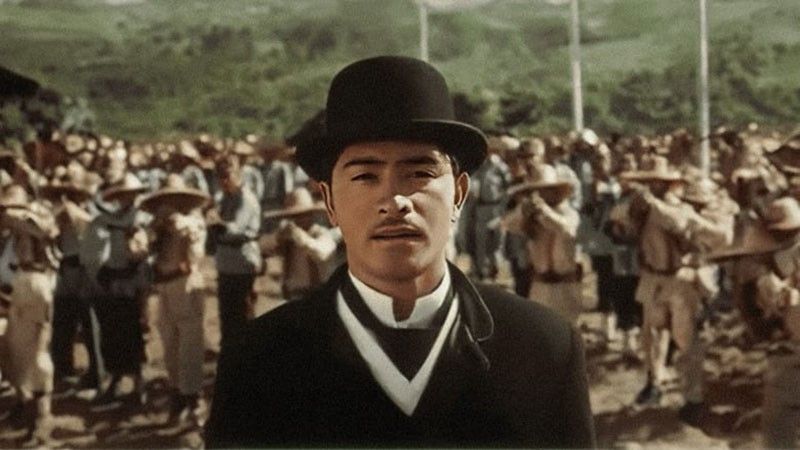The Importance of Watching Past Pinoy Films on the Big Screen

Watching old movies is like opening a time capsule, offering a glimpse into what society once was. This felt particularly nostalgic as I recently watched several films on the big screen during the Metro Manila Film Festival’s (MMFF) “Sinesigla sa Singkwenta” campaign in Cebu. Past entries were shown in cinemas for only P50 per ticket as MMFF gears up for its 50th edition this December.
The event kicked off in Metro Manila and Luzon on September 19, before VisMin had its run from October 9 to 15. In Cebu City, participating cinemas were SM City Cebu, Ayala Center Cebu, and Robinsons Galleria.
While I wasn’t able to catch all entries and missed two I wanted to see (“Mano Po” and “Langis at Tubig”), I did manage to watch seven films which are a blend of classics and contemporaries.
Review
First up is “Big Night!” directed by Jun Lana and starring Christian Bables. It was part of the 2021 MMFF which didn’t reach Cebu City due to Super Typhoon Odette.
A comedy satire about extrajudicial killings during former President Rodrigo Duterte’s war on drugs, Bables’ character Dharna finds his name on a barangay “drug list.” Fearing for his life, the gay beautician scrambles to clear his name, knowing that many on the list have been killed, despite not being involved in drugs.
Lana delivers a bold, funny, and timely take on a serious political issue. Though the ending felt abrupt, “Big Night!” is a strong political satire with plenty of laugh-out-loud moments. Three stars out of five.
Rewinding to 2003, we have “Crying Ladies”, starring Sharon Cuneta, Hilda Koronel, and Angel Aquino. It follows three women hired as professional mourners for a Chinese funeral – a tradition that is slowly fading into obscurity.
The film also delves into their personal lives and how they struggle to make ends meet. At the same time, the grieving Wilson Chua (Eric Quizon) deals with his father’s death and the complexities of his Chinese-Filipino identity.
Despite some plot holes, “Crying Ladies” remains a heartwarming dramedy worthy of its critical acclaim. Three and a half stars out of five.
We go back even further to the second MMFF in 1976 with “Insiang”, directed by Lino Brocka and starring Hilda Koronel. The title character lives in the slums of Tondo under the abusive care of her mother Tonya (Mona Lisa), and her younger lover, Dado (Ruel Vernal).
This revenge drama offers a raw look at life during the Martial Law era, where poverty forced people to make difficult moral choices just to survive. Koronel shines in her role as Insiang, and Brocka’s direction here made an impact on Philippine cinema, even inspiring filmmakers like Bong Joon-ho who made the Oscar-winning sociopolitical drama-thriller “Parasite.” Five stars out of five.
Moving forward to 1998, we have “Jose Rizal” by the late Marilou Diaz-Abaya. This three-hour epic starring Cesar Montano, portrays the life of our national hero, intertwined with scenes from his novels “Noli Me Tangere” and “El Filibusterismo.” The film’s nuanced portrayal of Rizal, along with masterful storytelling, makes it one of the greatest Filipino films of all time. Five stars out of five.
Next is “Shake, Rattle, and Roll”, a 1984 horror film that feels more like a comedy today. Scenes that were then scary now come across as funny. Intimate close-ups and sensual framing of young stars like Janice De Belen and Irma Alegre do not age well.

ABS-CBN Film Archives added a disclaimer noting the film was difficult to remaster due to mold damage, leading to an unexpected “trippy” experience during some scenes.
Through its inaugural film, it showcases that the “Shake, Rattle, and Roll” franchise has always been campy, and it all started with this first, unserious film. Two and a half stars out of five.
Jumping back to 1982, “Himala” features Nora Aunor in one of her most iconic roles as Elsa, a faith healer who claims to have seen an apparition of the Virgin Mary. The film explores how Elsa’s “miracles” transform her impoverished town into a tourist destination, as villagers begin to profit from her fame.
“Himala” is a deep dive into how cults form and thrive. After watching the film, you will understand why Aunor’s legendary “walang himala” monologue is one of the greatest moments in Philippine cinema. Five stars out of five.
Finally, 2017’s “Ang Larawan” rounds out my viewing experience. This musical drama set in the 1940s stars Joanna Ampil, Rachel Alejandro, and Paulo Avelino. It centers on two sisters, Candida and Paula, who face the dilemma of whether to sell their ailing father’s last painting to cover family debts.
The film’s heart lies in its exploration of sentimentality versus practicality: a theme many will find relatable. Those who don’t usually enjoy musicals might miss out on “Ang Larawan’s” charm as it’s a well-executed family drama, a genre that continues to be MMFF’s underrated gems. Four stars out of five.
Why watch on the big screen?
When The FREEMAN posted on its social media about the first day of MMFF’s “Sinesigla sa Singkwenta” screenings in Cebu, a few netizens questioned the point of paying P50 to watch these films in cinemas when streaming services like Netflix and Prime Video are available.
Diane, a student from Cebu Technological University (CTU) who watched “Himala” with her classmates, told The FREEMAN, “It’s a different experience in the cinema. There’s a thrill in watching with other people, especially friends.”
Roxanne, who watched “Crying Ladies” with a friend, added, “It depends on everyone, but for me, watching on the big screen is more enjoyable. At home, it feels more solitary, but in the cinema, you can bond and enjoy hearing others’ reactions.”
Matt, a biology student from the University of San Jose-Recoletos, who watched “Ang Larawan”, shared, “Watching in the cinema immerses you in the music. It’s better than watching on a phone or laptop.”
Charmane, a political science student from the University of the Philippines-Cebu, echoed similar sentiments after watching “Shake, Rattle and Roll” with her classmates, saying the communal experience of watching with strangers felt more special.
Tessie, a 62-year-old from Cebu City, finally had the chance to see “Himala,” which she missed in its original release.””Filipinos can be fanatics. Faith can’t be seen or touched, but it’s real. Miracles cannot happen if you practice faith without work,” she shared of her takeaway.
For CTU student Diane, “Himala” was an eye-opener. “It shows how differently our generation views religion and culture. Many Gen Z are more open to atheism or practicing other religions.”
Nico, an engineer, appreciated the sociopolitical themes in “Insiang” and “Big Night!”, noting that both films released 41 years apart highlight the enduring problem of poverty in the country.
Though “Shake, Rattle and Roll” wasn’t as political, Charmane’s classmate John believed that watching old films like this provided a window into the history and culture of the Philippines at the time.
Mandaue City resident Carter, who watched “Ang Larawan” with his mother, felt these classics fostered a sense of national pride. “These films help build a sense of national identity, uniting us as Filipinos,” he said.
- Latest
























